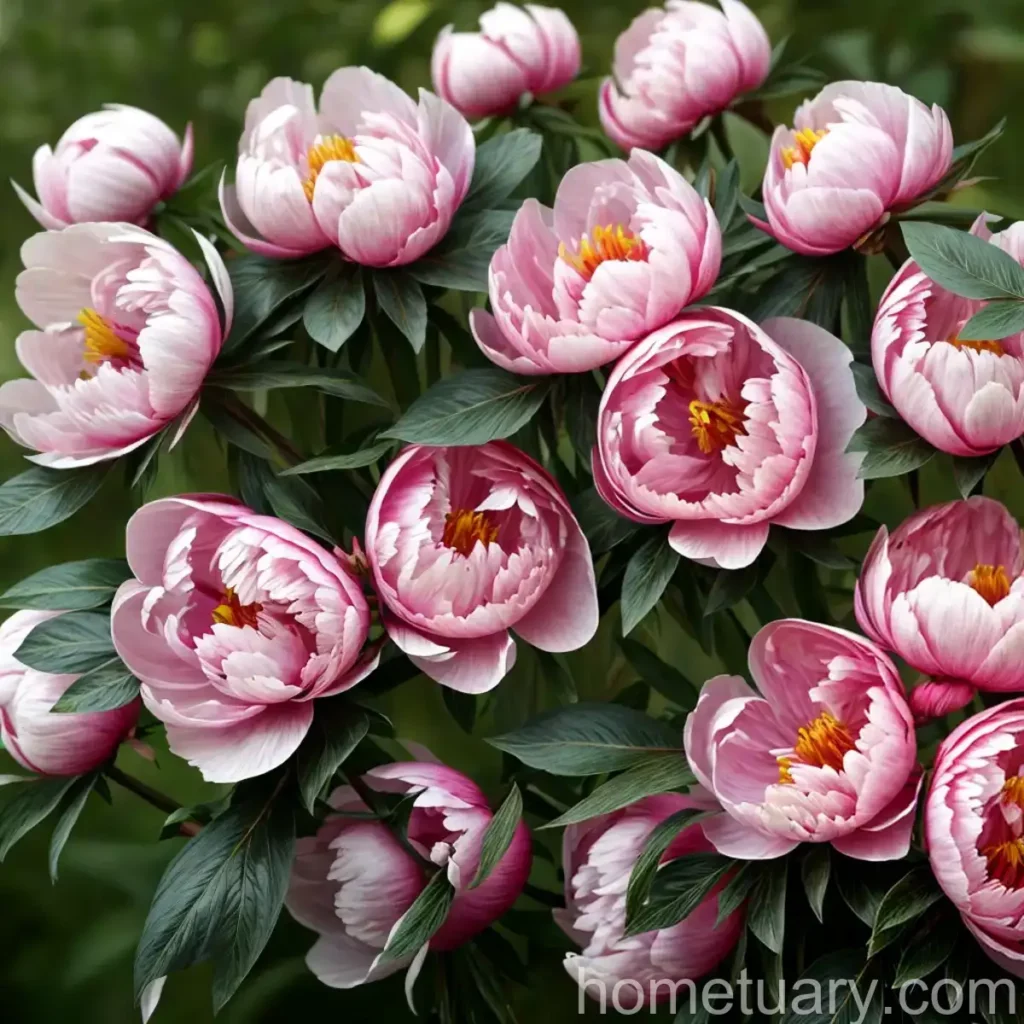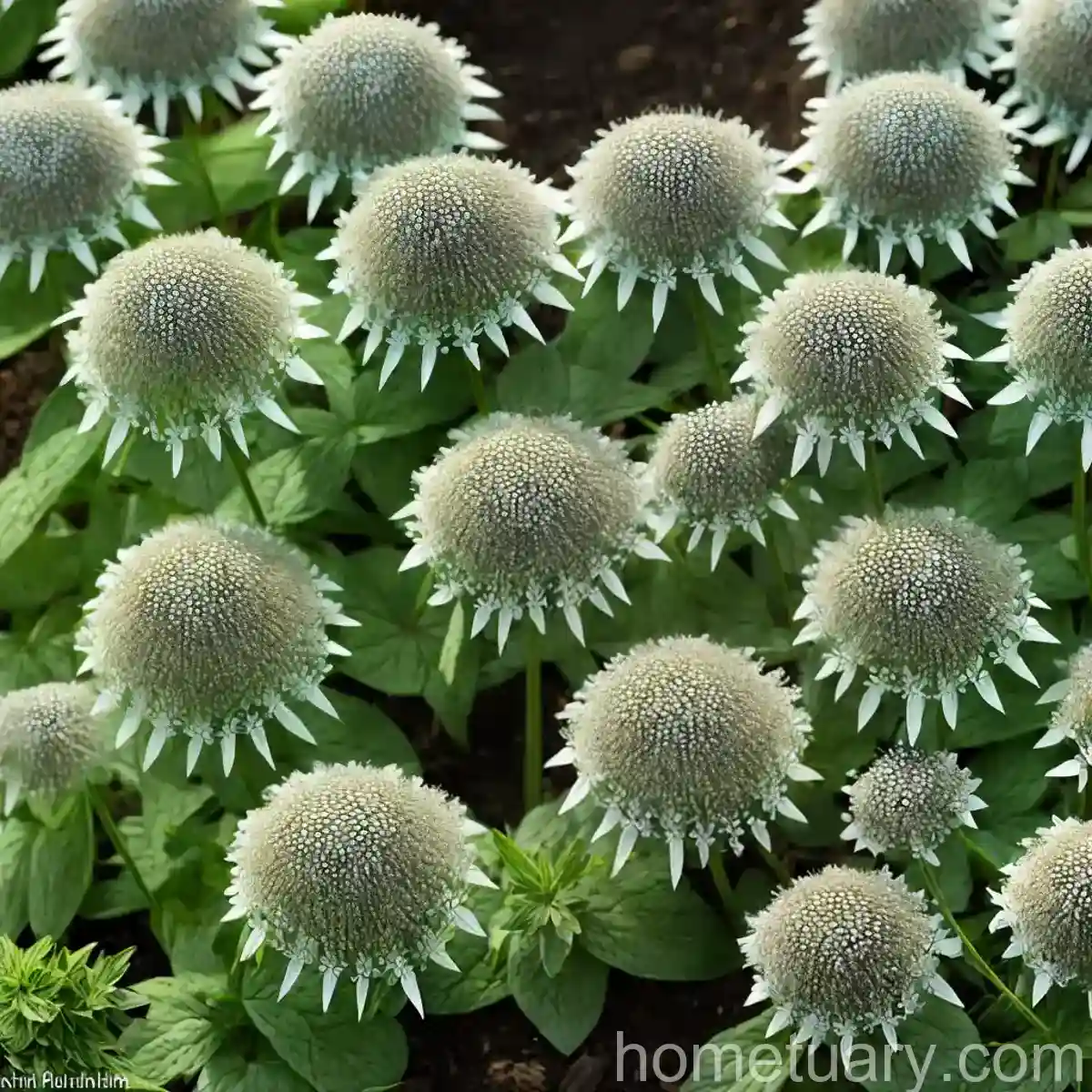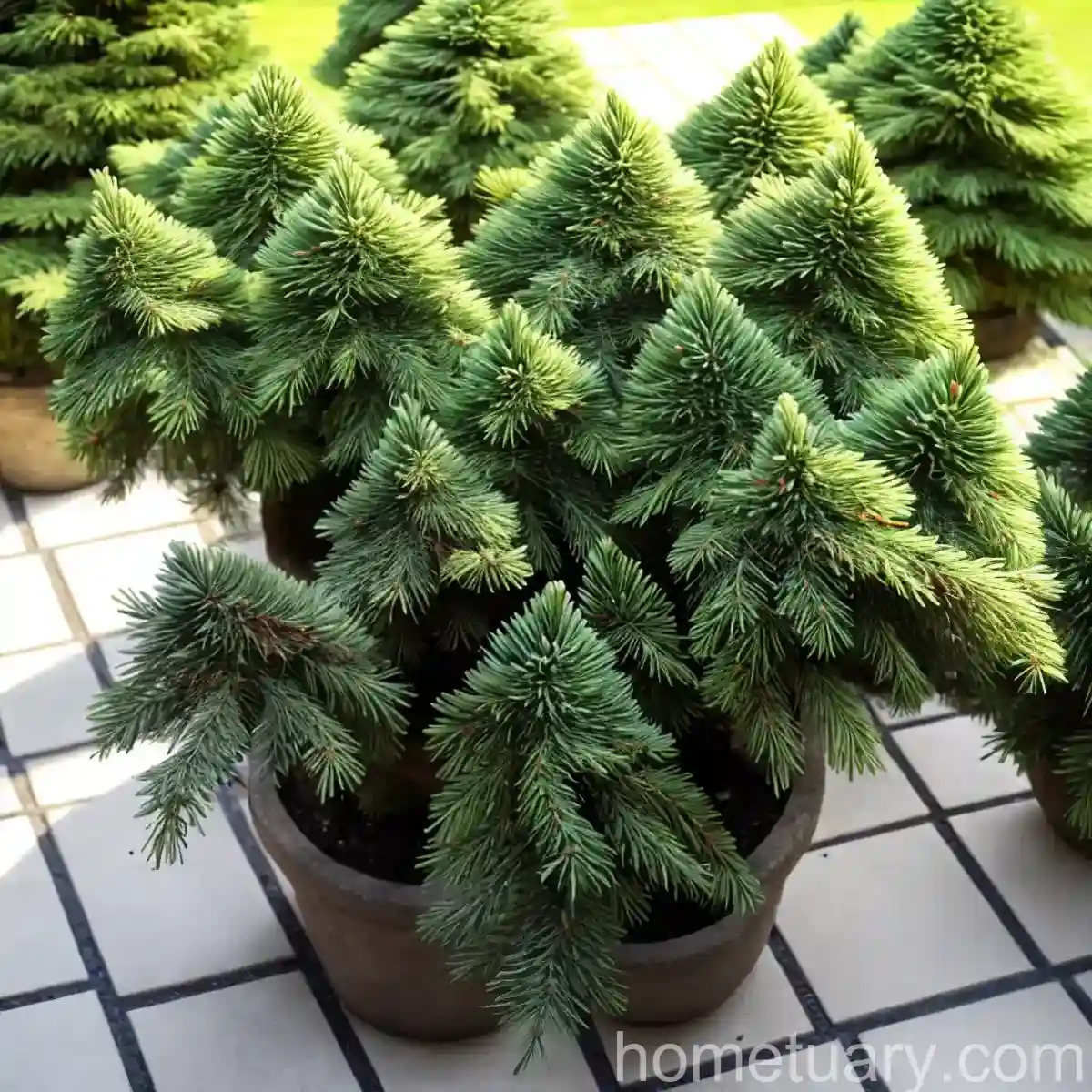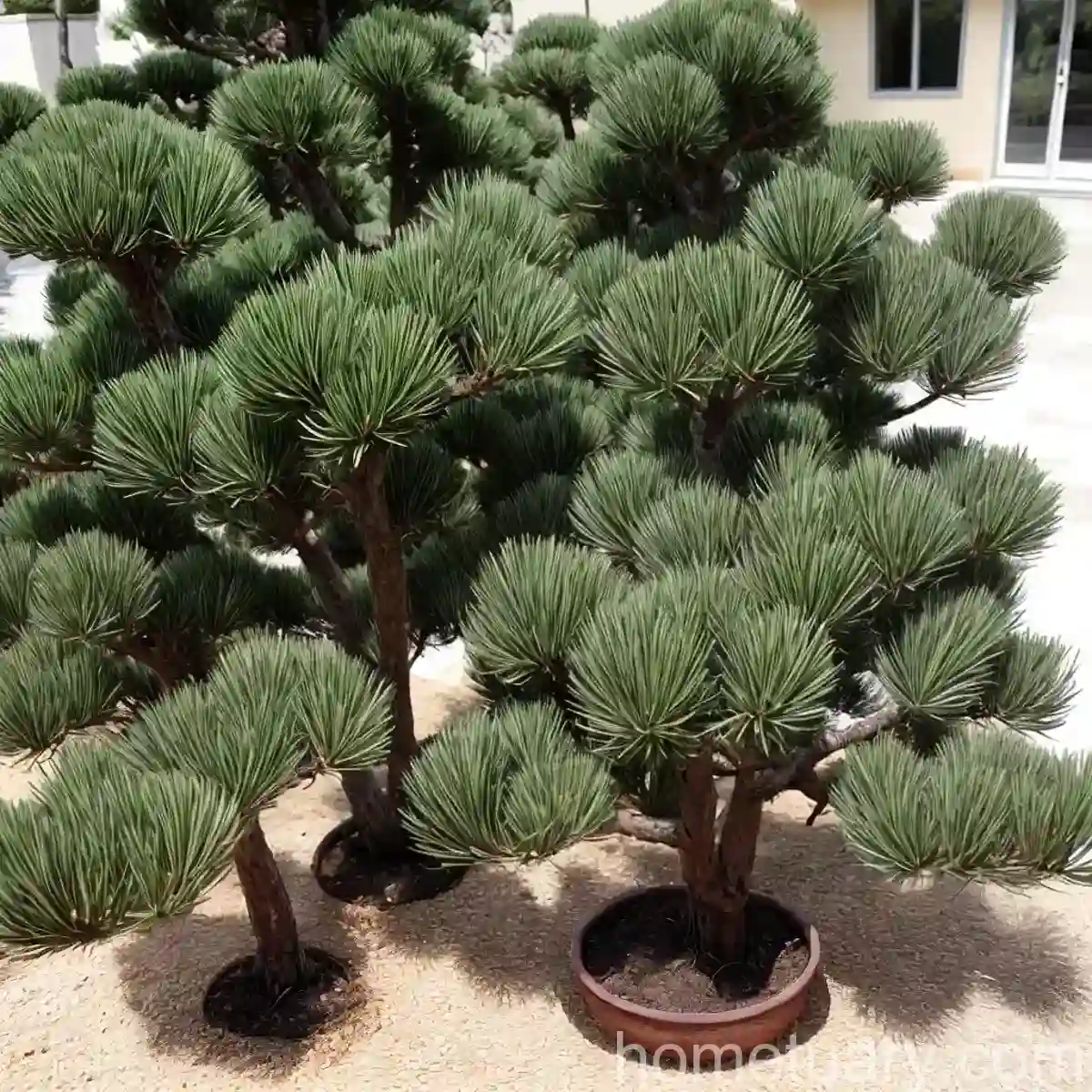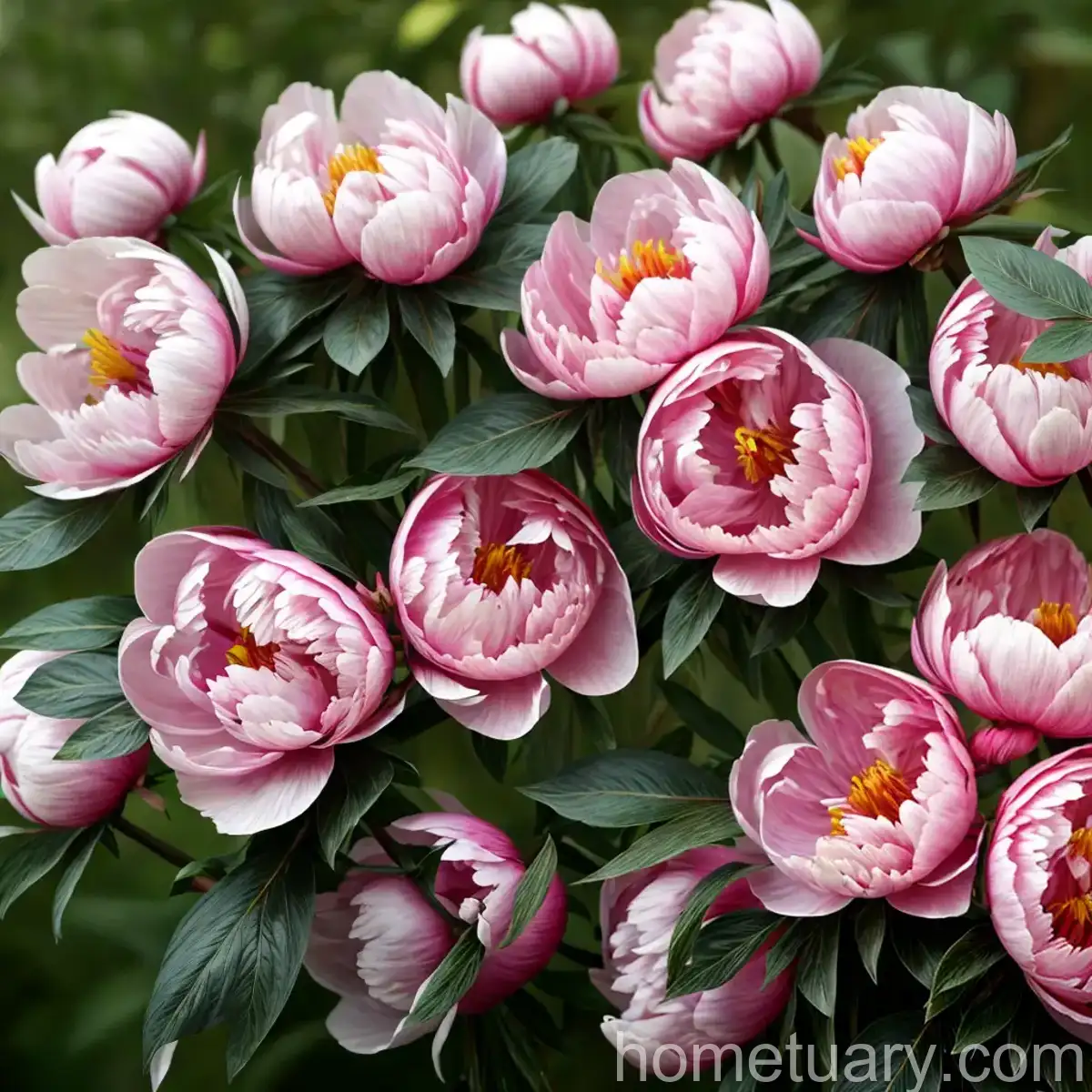The Enchanting Peony (Paeonia lactiflora ‘Toro-No-Maki’)
Introduction
Peonies are beloved for their large, luxurious blooms, which emerge in an array of captivating colors and fragrances. Among the numerous varieties, the Paeonia lactiflora ‘Toro-No-Maki’ stands out for its striking appearance and enchanting qualities. Commonly known as the peony, this ornamental plant is a perennial favorite amongst garden enthusiasts and flower admirers alike. In this comprehensive guide, we will delve into the captivating world of the peony, with a specific focus on the Paeonia lactiflora ‘Toro-No-Maki’ variety.
What is the Peony (Paeonia lactiflora ‘Toro-No-Maki’)?
The Paeonia lactiflora ‘Toro-No-Maki,’ or simply the peony, is a perennial flowering plant that belongs to the Paeoniaceae family. This enchanting species is renowned for its large, showy, and fragrant blooms, making it a highly sought-after addition to gardens, landscapes, and floral arrangements.
Key Takeaways
Peony (Paeonia lactiflora ‘Toro-No-Maki’) Culture
- Scientific Name: Paeonia lactiflora ‘Toro-No-Maki’
- Common Name: Peony
- Family: Paeoniaceae
- Type: Herbaceous perennial
Uses
- Ornamental: The peony is primarily cultivated for its exquisite and aromatic flowers, which are often used in floral arrangements, bouquets, and as decorative garden specimens.
- Medicinal: In traditional medicine, certain parts of the peony plant have been used for their purported healing properties.
Water
- Watering Needs: Moderate, regular watering, especially during dry spells and the growing season.
- Soil Moisture: Well-draining soil to prevent waterlogging, which can cause root rot.
Sunlight
- Light Requirements: Full sun to partial shade, with at least 6 hours of direct sunlight for optimal flowering.
Fertilizer
- Fertilization: Apply a balanced, slow-release fertilizer in early spring to support healthy growth and prolific flowering.
Soil
- Soil Type: Rich, fertile, well-draining soil with a slightly acidic to neutral pH.
- Soil Amendments: Organic matter, such as compost, can enhance soil structure and fertility.
Pruning
- Pruning Time: After flowering in late spring or early summer.
- Pruning Technique: Remove spent blooms and trim back any dead or damaged foliage.
Propagation
- Propagation Methods: Division of mature clumps in autumn, or from seeds for hybrid varieties.
Container Popularity
- Container Gardening: Well-suited for large, deep containers with adequate drainage holes.
Common Diseases
- Disease Susceptibility: Vulnerable to botrytis blight, powdery mildew, and various leaf spot diseases.
- Preventive Measures: Proper spacing, good air circulation, and regular inspection for early signs of disease can help minimize the risk.
Common Pests
- Pest Concerns: Aphids, spider mites, and nematodes are common pests that may affect peonies.
- Natural Predators: Encouraging beneficial insects and predatory species can assist in pest control.
Botanist’s Tips
- Select a suitable site with well-draining soil and ample sunlight for optimal peony growth.
- Mulch the soil surface to retain moisture and suppress weed growth around the base of the plants.
- Water the peonies at the base to avoid wetting the foliage, which can contribute to disease development.
- Monitor for pests and diseases regularly, and take prompt action at the first signs of infestation or infection.
Fun Facts
- The peony is known as the “king of flowers” in Chinese culture and is highly esteemed for its beauty and symbolism.
- Some peony varieties can live for over 100 years, making them treasured heirlooms in gardens and estates.
Links to External Resources
For more information about peonies and the Paeonia lactiflora ‘Toro-No-Maki’ variety, consider exploring the following resources:
The enchanting peony, specifically the Paeonia lactiflora ‘Toro-No-Maki’ variety, offers a captivating blend of beauty, fragrance, and symbolism. Whether adorning a garden, brightening a floral arrangement, or serving as a source of herbal remedies, this perennial plant continues to captivate the hearts and minds of enthusiasts worldwide.
This comprehensive guide has provided valuable insights into the culture, uses, care, and maintenance of the peony (Paeonia lactiflora ‘Toro-No-Maki’), offering a holistic perspective for both novice and seasoned gardeners. By following the recommended guidelines and leveraging the botanist’s tips, individuals can cultivate and enjoy the splendor of these remarkable blooms while fostering an enduring connection with nature and horticulture.

